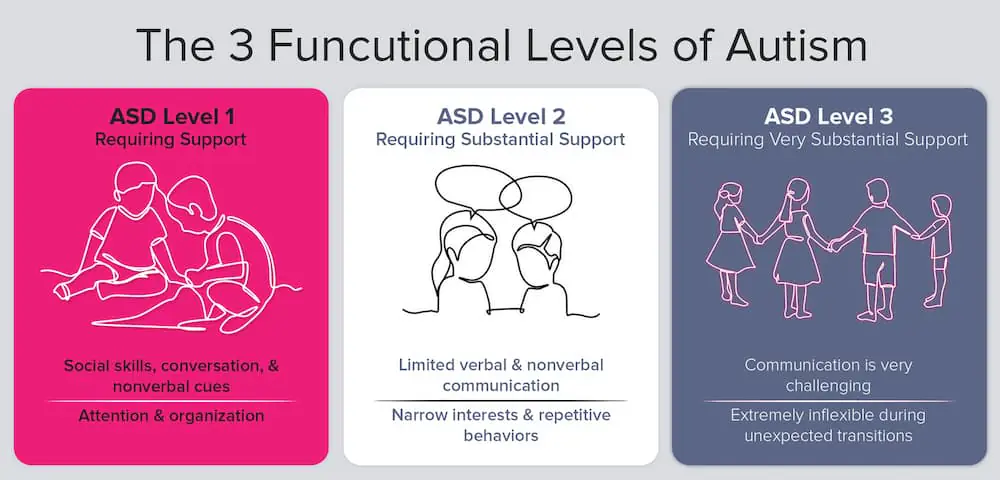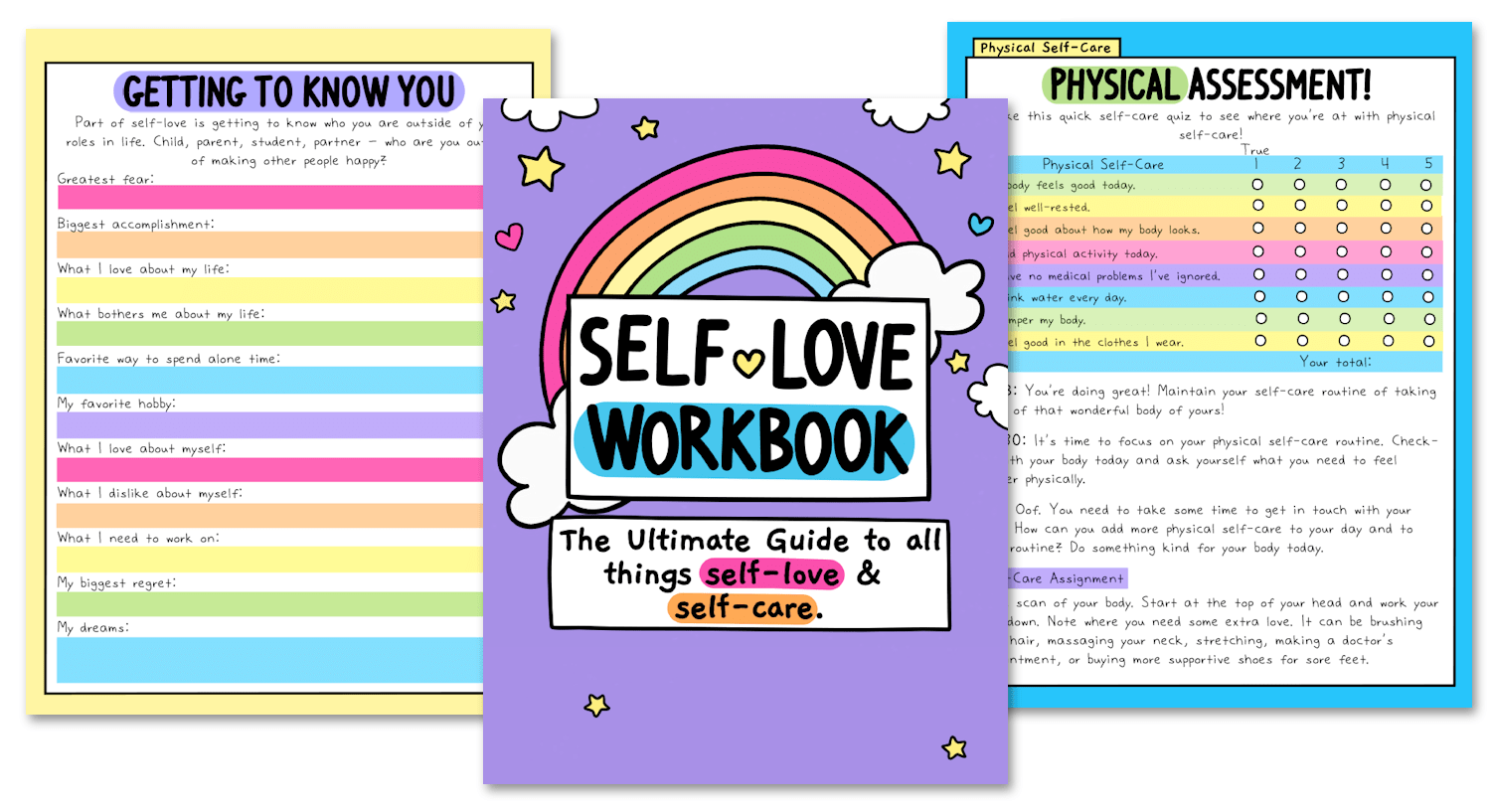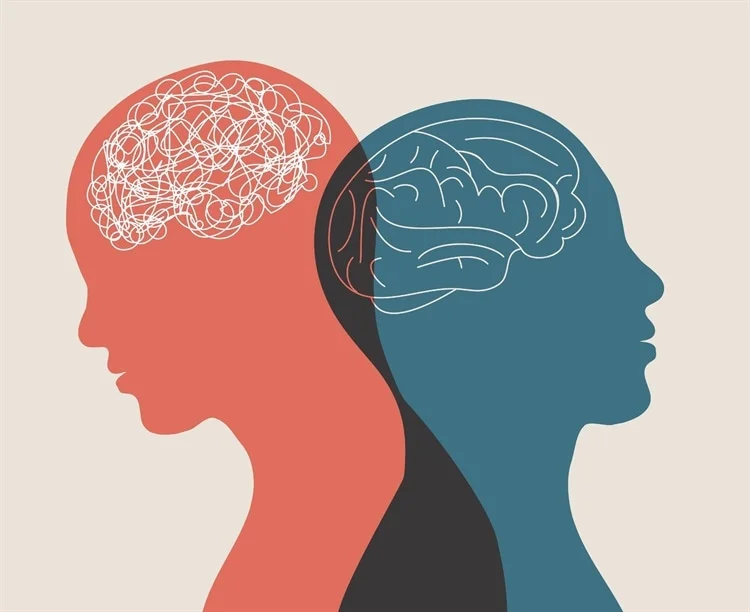Autism or BPD?
As a follow-up on my previous autism-related pieces (e.g., here), I would like to briefly cover my autism assessment results. I guess this run-down also acts as a follow-up on my prior personality disorder writing – and pretty much all the mental health content.
While sharing this is immensely satisfying for me, I do also hope it provides insight for people, especially females, who may have received a diagnosis of so-called “borderline personality disorder” (BPD) or so-called “avoidant personality disorder” (AvPD) and are curious whether autism or BPD is actually a better explanation for their differences and difficulties. Or whether it may be occurring alongside the “personality disorder” stuff.
20 Years in the System
After 20 years in the mental health system, wondering whether I had autism or BPD– and becoming DSM alphabet soup – I finally received the correct diagnosis of autism (autism spectrum disorder or ASD). This wasn’t the surprise for me; I’d already self-diagnosed as a low-support-needs autistic, aka level 1, before being evaluated.
The surprise was that the psychologist gave me an ASD level 2 diagnosis. Specifically, she diagnosed my social and communication differences, covered by autism criterion A, at level 2. The other criterion that you receive a level for is criterion B. It addresses “restricted” and repetitive behaviours and interests, and my level for that one was a 1.
For those new to all this, your overall ASD diagnosis level is based on the highest of the two out of level 1 (requiring support), level 2 (requiring substantial support), and level 3 (requiring very substantial support).
As the parentheses content suggests, these numbers are just shorthand for the degree of support you require. Most autists’ support needs will fluctuate over time, depending on the circumstances.

BPD vs. Autism: Diagnostic Certainty!
I know some sceptics believe autism is being incorrectly over-diagnosed these days. My self-diagnosis was based on much reading, engaging with autistic people and their content, and reflecting on my lived experiences across my entire lifespan.
Because autism is a neurological/neurodevelopmental condition (and an internationally recognised disability) – not a mental health condition – that you are essentially born with, you’ve got plenty of stuff to work with. Moreover, many of us know that autism is associated with chronic health conditions affecting virtually every organ system in the body, so there’s that too.
But some treat self-diagnosed autistics like they’re faking.
The evaluation session lasted three hours with a neurodiversity-affirming psychologist, specialising in female presentations of autism which are often internalised and high-masking. Her report was peer-reviewed by another specialist who also looked over the psychometric test results. And my husband completed tests and spoke with the psychologist assessing me as well.
Additionally, here are the tools used:
1. MIGDAS-2
2. RAADS-R
3. Adult GQ-ASC
4. SRS-2
5. MCMI-IV
6. Brown EF/A
7. CAARS
8. Adolescent/Adult Sensory Profile
9. ABAS-3
Believe it, don’t believe it. That’s up to you.
Co-occurring Conditions to Autism
When they assess you for autism, they also screen for ADHD and any co-occurring mental health conditions (that autistics are more prone to compared to the general population).
OCD was the only other condition I was diagnosed with, likewise, for the first time! This was also validating. (When I was last in hospital, I brought up my distressing, repetitive thoughts with a psychiatrist and she simply dismissed them: “Everyone has junk thoughts”. I know this is nasty but I’m beginning to view “psychiatry” as a joke medical specialty.)
Autism and OCD are distinct conditions/neurotypes but share neural pathways.
No BPD or any Personality Disorder Diagnosis
Not even social anxiety disorder. The psychologist believed that while I may have met the BPD criteria in the past, it is now in remission.
Furthermore, the so-called “social anxiety” and “avoidant personality disorder” are better explained by the social and communicative differences associated with having an autistic neurotype. (And the rejection-sensitive dysphoria.) She even told me that around, say, 70% of her clients score high for AvPD on their MCMI-IV.
I hope this doesn’t come across the wrong way, but I’m almost glad she thinks BPD was probably correct in the past. It means all my extensive reading about it and related topics back in the day wasn’t for nothing; personality disorders were a special interest for several years about a decade ago.
Justice at long last
The icing on the cake was that the answer to whether I had autism or BPD was delivered on World Day of Social Justice (February 20). After a lot of unnecessary suffering, justice has been served. I finally feel at peace with who I am, for the first time in my life.
Now that my special interest focus has shifted to autism, I’m unlikely to continue writing about “mental health” specifically. I’m mostly just interested in it as it relates to autism.
Again, prefacing this with “I hope this doesn’t come across the wrong way”, but I’d kind of started growing jaded towards the whole social justice arena. I mean, the year is 2024 and it seems the obvious problems of our species are never going anywhere, as they are rooted in human biology and psychology. The planet was around a long, long, long time before Homo sapiens was ever on the scene.
However, as female autistics are a tiny portion of the population (likely less than 1%), a minority within a minority (like multiracial people), I may end up advocating in this area.
Late-identified/diagnosed emotions
There was a four-week wait between the evaluation and feedback/diagnosis. During this time, I processed many feelings as I reflected on my undiagnosed autistic life: anger, sadness, grief, but also – as I mentioned already – a sense of finally being at peace.
Finally, everything makes sense.

The Self-Love Workbook
This 103 page digital workbook comes with three different PDFs – full color, a version with no color backgrounds, and a black and white version (to save on printing costs). You get access to all three and you can print whichever one works for you!
DOWNLOAD NOW FOR $10Each .pdf is capable of being filled in digitally. With Adobe on your desktop computer or on an app like XoDo for your phone, you can type your answers into the .pdf and save your progress without ever needing to print it.
BPD Resources
Manage your BPD symptoms with a printable workbook. Book an affordable coaching call with Audrey. See our recommended list of books about BPD. Download a free meditation app. Try a free trial of unlimited Virtual EMDR. Get 20% off your first month of online therapy with code THERAPY20 (financial aid options now available at checkout!).
Start a Discussion
If this post resonated with you or helped you in better understanding BPD symptoms, please tell us about it in the comments.
Pin This Post
Liked this post? Please help support BPD Beautiful and spread borderline personality disorder awareness by pinning it to Pinterest.


